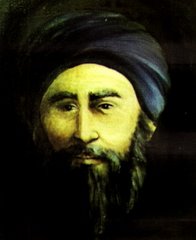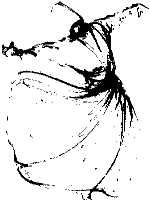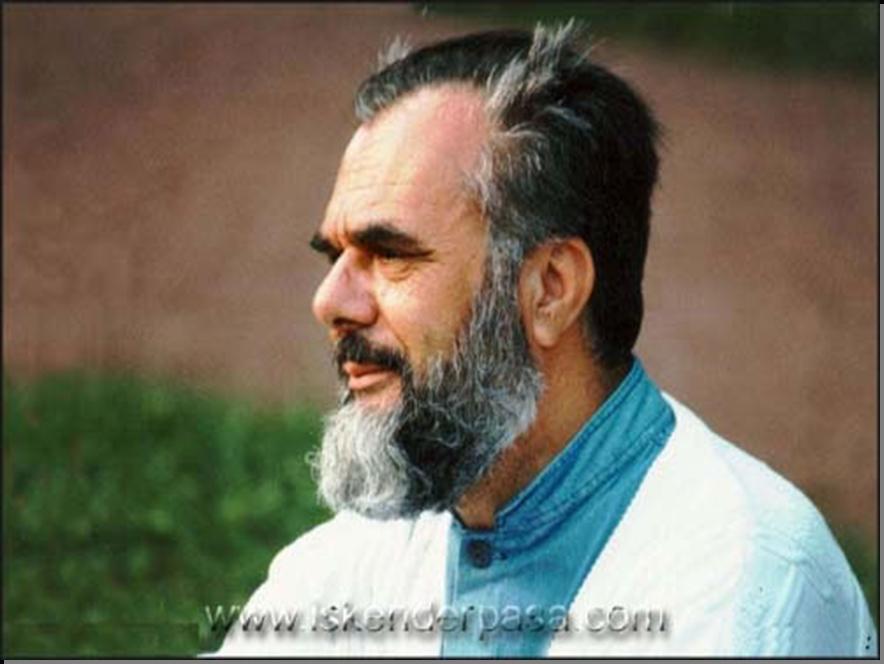[01] In recent days, the
Harakat al-Shabaab al-Mujahideen (or Movement of Stiving Youth) have made international headlines by holding up a shopping centre in Nairobi, killing shoppers and staff, and taking hostages. These antics are seen by the group as the preferred method of championing an ideology that is somewhere between warped Islam and crazed Somali nationalism.
[02] Somali communities living in Kenya, the US, UK, Australia and New Zealand will come under increasing surveillance after claims that a number of the Shabaab fighters involved in the attack are from the large Somali diaspora communities including US and UK.
[03] Many readers will be unfamiliar with the history, geography and ideological forces involved in Somalia as well as the involvement of its neighbouring countries in this failed state. Somali diaspora communities often do not intermingle with other ethnic Muslim groups and vice versa. Hence many Muslims have little understanding if exactly what is going on.
[04] Kenya's Interior Minister Joseph Ole Lenku described the attackers as a "multicultural collection from all over the world". Kenya's military head General Julius Karangi spoke of "foreigners from so many nations" involved in the attack.Tweets from al-Shabaab said that fighters included persons from the US, UK, Canada, Sweden, Syria, Finland, Russia, Dagestan and Kenya as well as Somalia.
[05] Hostages were freed if they could prove they were Muslim to the kiddies. Apparently they were asked questions such as who the Prophet's wife was. Clearly the terrorists must have failed the most elementary test in aqida (creed).
[06] Young children were made to which as their mothers were slaughtered. What kind of sick mind could commit such atrocities?
[07] The risk is that the barbarism of the Shabaab monsters will lead to further disastrous foreign intervention in Somalia. It might also lead to crackdowns on Somali diaspora communities who will suffer bother from attempts by Shabaab to recruit as well as from the heavy-handedness of security forces.
[08] Here is an excerpt from what
Ian Birrell wrote in The Independent:
Somalia is seen as the ultimate failed state, an ungovernable hellhole plagued with poverty, conflict and hatred. Curiously, it is one of only two African nations sharing a single language, religion and culture; the other is Botswana, one of the continent’s biggest success stories. Yet it is riven with historic rivalries between hundreds of nomadic clans and sub-clans. The last person to rule with any real authority was a military dictator, Siad Barre, whose overthrow in 1991 sparked the chaos that still engulfs the country.
One million Somalis have been killed since then, twice that number displaced and much of the country reduced to rubble. Half a million Somali exiles now live in Kenya, where even before this vicious attack they faced growing hostility. But while many of the country’s problems were self-induced, with feuding warlords growing rich as they ripped apart their own country, Somalia’s problems were worsened by bungled interventions from outside.
Go back eight years, and a semblance of normality had returned to the country. Western-backed warlords had been defeated and the Union of Islamic Courts, a coalition of Islamic conservatives, enforced the rule of law. There was security in Mogadishu, with families knowing a son or daughter would return from a trip to the shops rather than end up bleeding in the streets; unsurprisingly, the courts were popular, despite often intolerant rulings. The possibility of genuine peace hovered on the horizon.
But a united, stable and Islamic country was the last thing Ethiopia wanted on its doorstep. So it invaded in the name of driving out fundamentalism, persuading Britain and the United States to back their key ally in the region. The incursion was disastrous, with Somalia spiralling back out of control, while grotesque human rights abuses boosted the militant cause. The biggest beneficiary was the security wing of the courts movement, al-Shabaab, which soon had control of much of Mogadishu and great swathes of the country.
[09] A July 2011 report on
Al Shabaab by Ron Wise of the Centre for Strategic & International Studies states that the movement started out as the youth wing of a mainstream Muslim political party that rose to power in Somalia in early 2006. Ethiopia invaded in December 2006, after which Shabaab became a popular militia with nationalist aspirations of removing Ethiopian forces from Somalia. It was only in 2008 that Shabaab has slowly and gradually made the transition into a group having linkages with al-Qaeda.
[10] Wise suggests that Ethiopia can take major responsibility for radicalising Shabaab. The Ethiopians drove out the more moderate Islamic Courts Union (ICU) administration from Somalia. The ICU kept a check on Shabaab going down a more radical path.
[11] After ICU were driven out, Shabaab took control of large tracts of land in Somalia. In a lawless land, these areas provided citizens with some rule of law and stability, which made Shabaab even more popular and assisted with its recruitment drive.
[12] Wise says that Somalia's started with the overthrow of military dictator Mohammed Siad Barre in 1991. Since that time, competing warlords have committed atrocities against civilians, leading to some 1 million being forced to flee Somalia. Hundreds of thousands have died from starvation, famine and violence.
[13] The ICU was a federation of 11 courts formed in mid 2004. By June 2006, the ICU, with the help of its militia Shabaab, had crushed the warlords. Wise claims that Shabaab was a remnant of the most radical remnant of ICU, its members influenced by Saudi-style wahhabi Islam which was contrary to the traditional sufi Islam followed by most Somalis.
[14] Dr Kisiangani Emmanuel of the Institute for Security Studies based in Pretoria South Africa has written an excellent paper comparing the Shabaab and the Lords Resistance Army. Emmanuel claims the two groups emerged out of comparable contexts and were motivated by genuine grievances. Emmanuel says that these groups can only be fought properly when they are understood and when their often grievances are addressed. This way the hearts and minds of the local population can be won over, this removing the incentive for locals to support the extremists.














